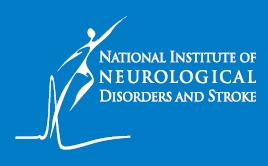 Nearly 75 years since Lou Gehrig’s last swing at the bat, people with ALS are still without a home run therapy for the disease. With more than 30 drugs benched, clinicians are now throwing out a new strategy to hit the disease out of the park.
Nearly 75 years since Lou Gehrig’s last swing at the bat, people with ALS are still without a home run therapy for the disease. With more than 30 drugs benched, clinicians are now throwing out a new strategy to hit the disease out of the park.
Called Neuronext, the National Institute of Neurological Disorders and Stroke (NINDS) initiative brings together seasoned neurologists and statisticians to identify and develop the most promising treatment strategies for neurological diseases including ALS.
“The choice of which therapies should be brought forward and funded is going to be really improved,” says MGH neurologist and Neuronext Executive Committee member Merit Cudkowicz, MD, MSc.
Consisting of a Clinical Coordination Center, a Data Coordination Center and 25 testing sites, the NeuroNext team works one-one-one with researchers, physicians and companies in the U.S. to develop and run the clinical trials. And to ensure that these interventions are tested as quickly as possible, the clinical trials are given the green light by a central institutional review board (IRB).
The National Institutes of Health implemented similar strategies in the U.S. in the 1970s to combat cancer. Called the Cancer Therapy Evaluation Program (CTEP), the National Cancer Institute initiative helped place critical cancer medicines including Tamoxifen and Taxol on pharmacy shelves.
Other goals of NeuroNext include kick-starting the development of disease-tracking biomarkers.
The NeuroNext team is accepting applications starting November 2. The first awards are expected to be announced in April 2012.